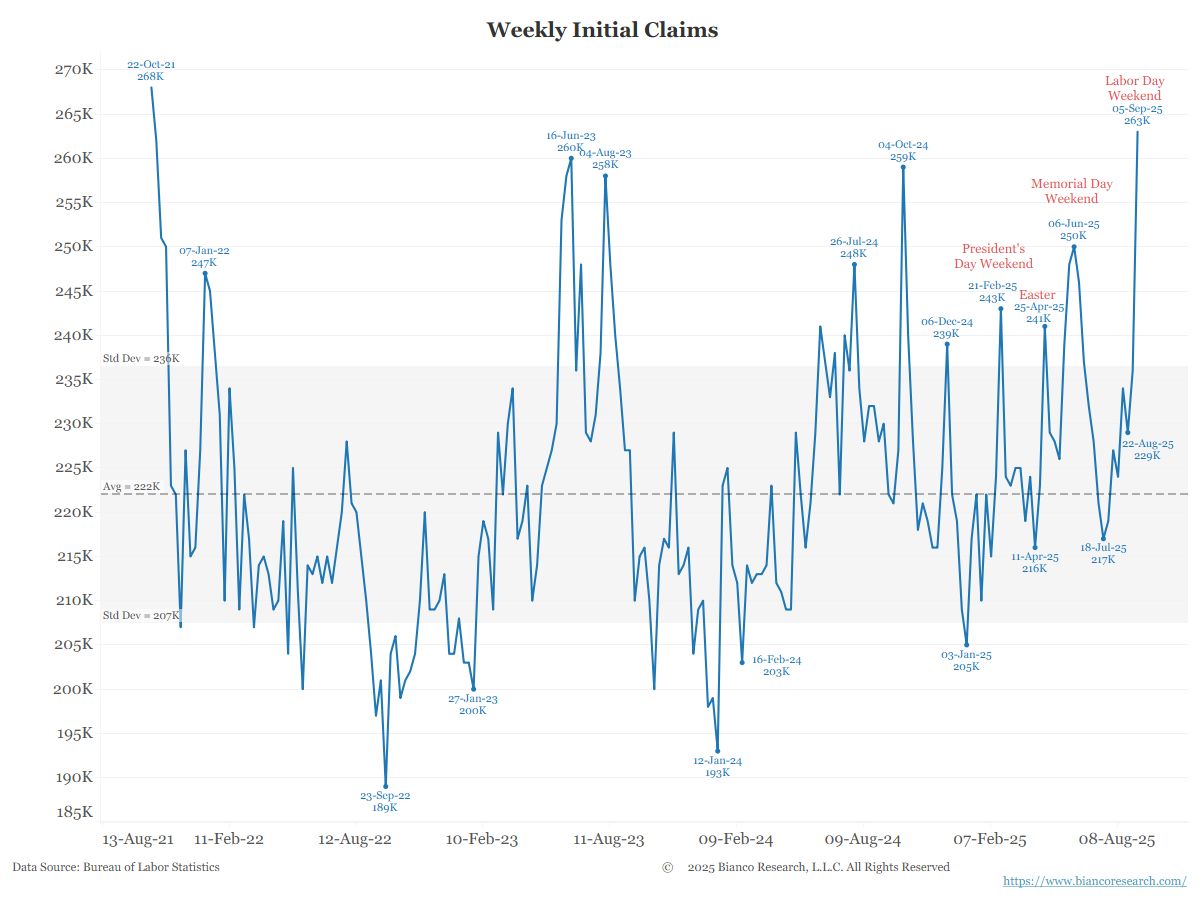I recently stumbled across a news story that highlights something about capitalism and the profit motive that is underappreciated by the very people who most loudly clamor for it – the conservation of resources. Capitalism doesn’t merely incentivize maximizing output – it also incentivizes minimizing the use of inputs as well. If you want to conserve resources, capitalism and the profit motive are your best friends.
The story in question describes how the publishing company HarperCollins reduced the amount of paper they use to publish their books, as a result of making numerous “subtle, imperceptible tweaks” to the font and layout of the pages. The efforts first began in their Christian publishing division, where making these adjustments resulted in 350 fewer pages being needed per Bible, which in 2017 alone resulted in over 100 million fewer pages needed – four times the height of the Empire State Building, according to the story.
HarperCollins sought to use these innovations across all of their publishing lines and put quite a lot of effort into it. There were a number of factors that had to be considered and counterbalanced against each other:
The team got to work. They tested their theories with a large book in their catalog—more than 600 pages—by creating 50 versions of it using different fonts. HarperCollins uses a wide range of off-the-shelf fonts in its books, rather than custom ones. As the team ran the experiments, they observed that some fonts were more compact, resulting in fewer total pages, while remaining easy to read.
…In the end, the designers found that clever font selection, coupled with a thoughtful layout design that reduced white space, resulted in more words per page…And when you place them side by side, the differences are imperceptible.
And what’s been the payoff for all this effort? The report tells us that “these subtle, imperceptible tweaks have saved 245.6 million pages, equivalent to 5,618 trees.” The other payoff, of course, is that these changes have “cut HarperCollins’s printing costs.”
One might want to dismiss this as no big deal. While 5,600 trees might seem like an impressive number, how big is it really? After all, there are more trees on Earth than there are stars in the entire galaxy! In light of that, isn’t 5,600 trees kind of small potatoes? Yes, but at the same time, that actually strengthens the point I want to make! The market provides strong incentives to find and implement every feasible option to reduce and minimize the resources needed in production. If there is some means available to reduce resource usage by even a tiny amount, someone out there is looking for it, and will find and implement it. By contrast, can you imagine any government agency putting teams to work engaging in similarly intensive efforts to ensure they are using only the minimum amount of resources necessary?
The difference is that capitalism and market discipline provide a very different institutional structure and set of incentives – incentives that are absent from government agencies. And because of this difference in incentives, market actors will take much greater care to conserve and reduce resource usage than state actors. So if your goal is the conservation of resources, be glad that markets exist – and cheer for them to expand.
















